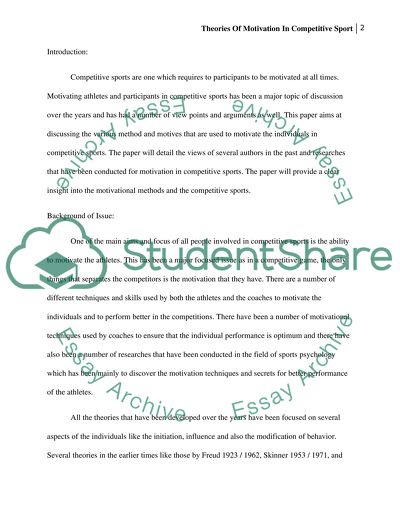Cite this document
(The Motivational Methods and Competitive Sports Case Study, n.d.)
The Motivational Methods and Competitive Sports Case Study. Retrieved from https://studentshare.org/sports-and-recreation/1569854-theories-of-motivation-in-competitive-sport
The Motivational Methods and Competitive Sports Case Study. Retrieved from https://studentshare.org/sports-and-recreation/1569854-theories-of-motivation-in-competitive-sport
(The Motivational Methods and Competitive Sports Case Study)
The Motivational Methods and Competitive Sports Case Study. https://studentshare.org/sports-and-recreation/1569854-theories-of-motivation-in-competitive-sport.
The Motivational Methods and Competitive Sports Case Study. https://studentshare.org/sports-and-recreation/1569854-theories-of-motivation-in-competitive-sport.
“The Motivational Methods and Competitive Sports Case Study”. https://studentshare.org/sports-and-recreation/1569854-theories-of-motivation-in-competitive-sport.


